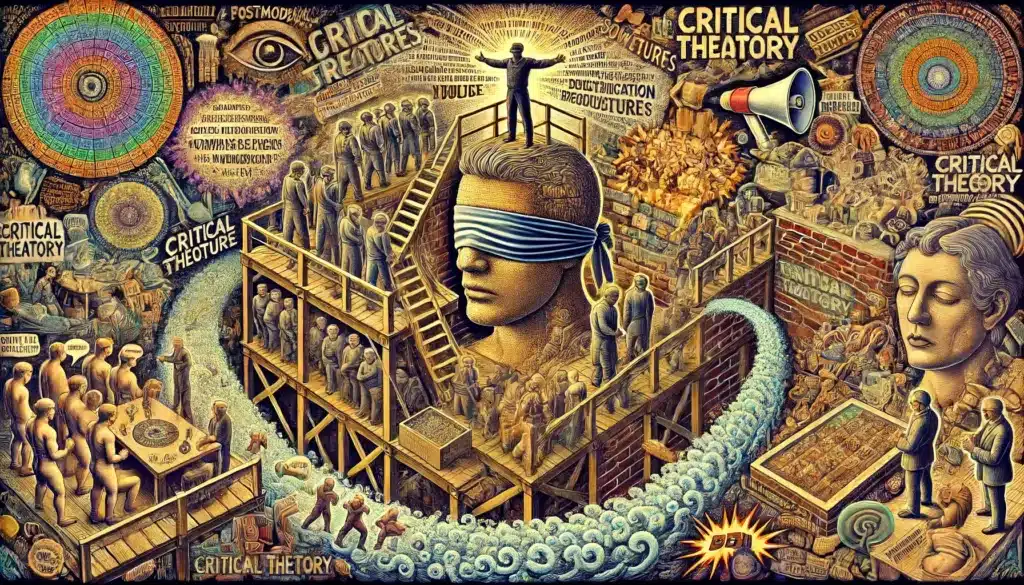The Excesses of Modern Pride
As many of us know, June is now known as Pride Month. It’s a time when public spaces, companies, and social media are filled with rainbow flags. Initially simple and inclusive, these flags have become more complex, with extra colours and shapes representing many different identities. While meant to be more inclusive, things have become overwhelming and confusing.
The movement’s embrace of intolerance disguised as inclusivity needs a hard look
Every year, Pride seems to become more extravagant and detached from its original purpose. The flag now includes circles, triangles, and other shapes to celebrate everyone from gay men to asexuals and, more recently, non-binary and two-spirit people. These last two groups have only become well-known recently, yet there’s pressure to celebrate them fully.
Many people feel this has gone too far. I, for one, feel tired and frustrated with how widespread Pride has become. A recent encounter with a straight woman who wished me “Happy Pride” left me feeling awkward and embarrassed. It showed a disconnect: while some people genuinely believe in the cause, others go along because they think they must, pushed by social pressure and corporate endorsements.
The word “pride” itself needs a closer look. If sexual orientation is morally neutral and should neither be a source of shame nor pride, why do we celebrate it so intensely? Historically, pride was seen as a sin, a warning rather than a virtue. The saying “pride goes before a fall” suggests that too much pride can lead to trouble.

Pride has grown significantly from a single parade to a month-long celebration. Maybe we need a balance—perhaps a day of reflection and humility, like Yom Kippur, where those who have been too proud can take a step back and find a more balanced approach.
This year’s Eurovision Song Contest hinted at Pride, with several contestants, including the Irish entry, calling themselves “queer.” The word “queer” has changed from an insult to a reclaimed identity, but not everyone in the LGBTQ+ community likes this label. This creates a divide. Some people want to live their lives quietly, while others use their sexuality to push for bigger social changes.
The Irish contestant, who called herself a “queer” witch, showed this divide. Her wild performance, with tongue-out antics and loud declarations, seemed more like a spectacle than a meaningful expression. Such shows don’t help gay teenagers and their families who are trying to find their way.
Another example of this excess happened when actor David Tennant received a British LGBT Award. His acceptance speech included harsh comments about Conservative MP Kemi Badenoch, which the crowd cheered. Tennant’s remarks about everyone being whatever they say they are and his idea that those who disagree should be quiet show the intolerance that can hide behind Pride. It’s troubling that such language is okay when aimed at a black woman just because it fits a certain viewpoint.
In conclusion, while Pride has achieved a lot in promoting acceptance and visibility, it has gone too far in many ways. Pride celebrations’ endless expansion and growing complexity risk alienating the people they aim to support. Plus, the movement’s embrace of intolerance disguised as inclusivity needs a hard look. True progress means fostering real understanding and acceptance, not creating a bigger spectacle that demands everyone join in without question.
The Excesses of Modern Pride.


